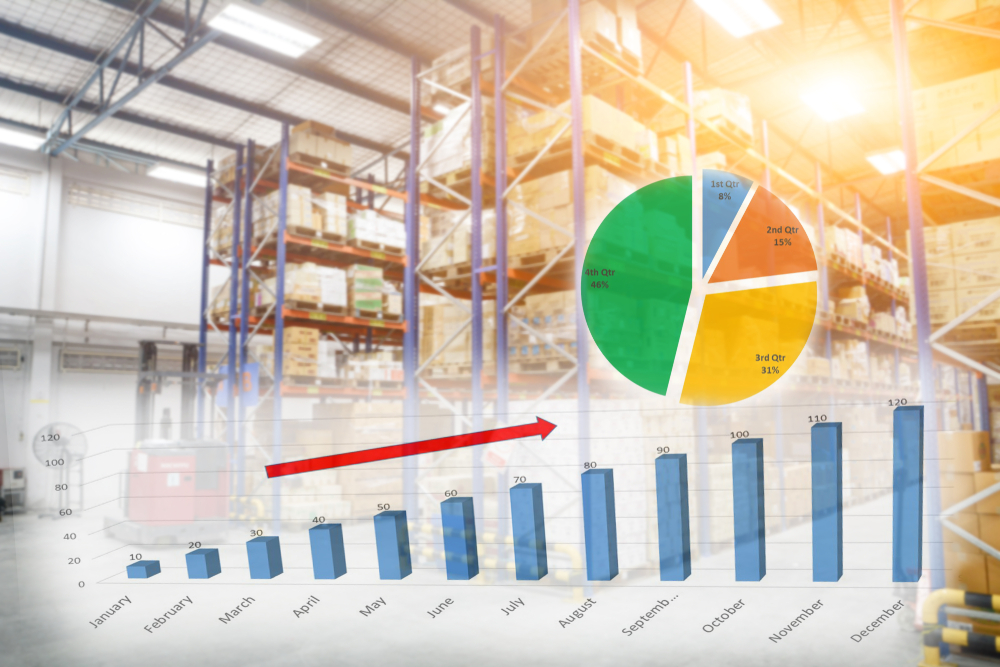In early 2020, at the beginning of the pandemic, the looming shutdowns and stay-at-home orders caused many consumers to panic and stock up excessively on goods such as toilet paper and household cleaning products. Retailers saw products flying off the shelves in record numbers and quickly realized their standard inventory management process was not equipped to meet the new demand. As a result, logistics companies, manufacturers, and retailers have adjusted their standard approaches, and supply chain inventory trends have changed to protect against future disruptions.
It has been reported that businesses’ inventories went up by 1.5% in February of 2022 as retailers attempt to stock up on in-demand products. To navigate ongoing shortages amid rising consumer demand, retailers are paying close attention to the inventory best practices that worked in the past, and ones that may need to improve the future:
- The min/max inventory method involves identifying a minimum and a maximum number of a product to keep in stock at all times. Once the minimum threshold is hit, the maximum number is automatically reordered. Post-pandemic, companies may have adapted to the growing demand by increasing both their minimum and maximum numbers.
- The implementation of artificial intelligence technologies can help to monitor a warehouse’s inventory and track which products are low in supply. With inventory management, the data set is constantly changing throughout the day. Employing technologies to keep that data up-to-date is important for the success of a business’s supply chain.
- As many may remember, soon after the start of the pandemic and the inventory shortages it caused, we began to see some of the hot products back on the shelves, but not from the usual brands we know and love. To keep up with the demand, many retailers are looking to secondary and even tertiary suppliers to keep products on the shelves.
- Omni-channel fulfillment is also on the rise as a supply chain inventory trend. The omni-channel strategy allows retailers to survey their networks and locate the product at a retail partner that has the inventory and can fill the order fastest —keeping the supply chain moving regardless of inventory disruptions.
Each of these supply chain inventory trends are critical components to the health and success of a business’s supply chain. Since concerns about supply chain disruptions remain, businesses should be making changes to mitigate potential risks and help their supply chains run efficiently.
Companies looking to enhance their supply chain management and processes may also consider partnering with a plastic pallet pooler to efficiently manage the shipping pallet fleet. iGPS plastic pallets incorporate smart features that make them traceable throughout a supply chain. These features allow companies to capture data at any point of distribution, ensuring better planning and efficiency, and helping to lower a company’s Total Cost of Business (TCOB). Additionally, iGPS plastic pallets generally last four times longer than wood pallets and are 100% recyclable. At the end of their useful lifespans, they are broken down and remolded into new pallets again.
As logistics companies, manufacturers, and retailers continue to adapt to changing markets, these supply chain inventory trends will also continue to evolve. Businesses must be agile and willing to rework their processes as consumer behaviors shift and change.
Companies committed to incorporating supply chain inventory trends into their management processes use iGPS plastic pallets for all their shipping needs. Our lightweight, recyclable plastic pallets incorporate RFID technology making them traceable throughout a supply chain. For more information, contact us at 1-866-557-0047, email a specialist at switch@igps.net, or visit our contact page.



